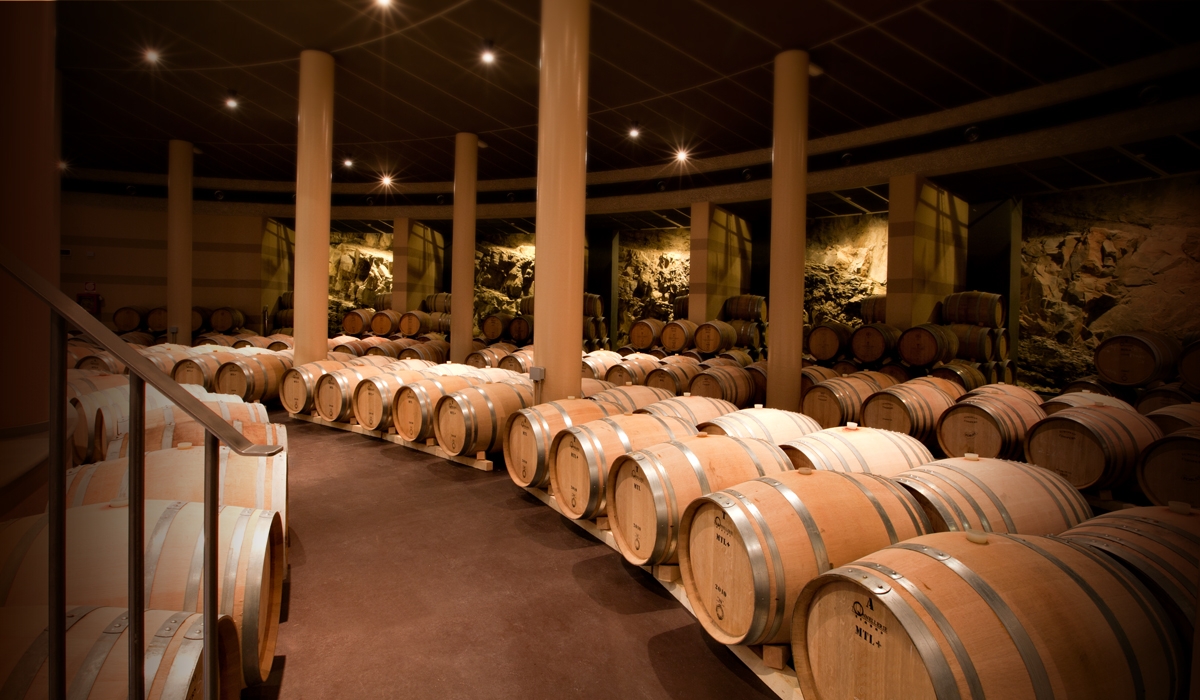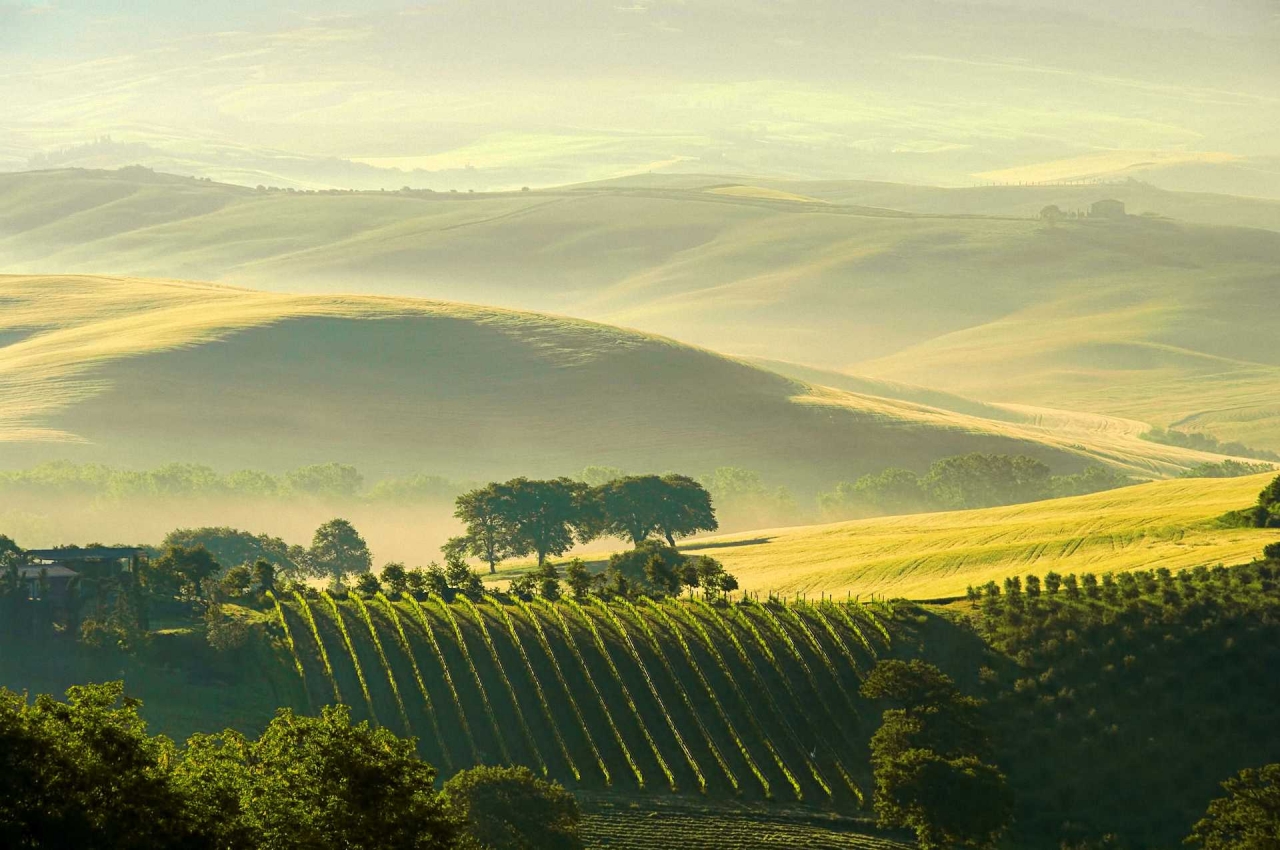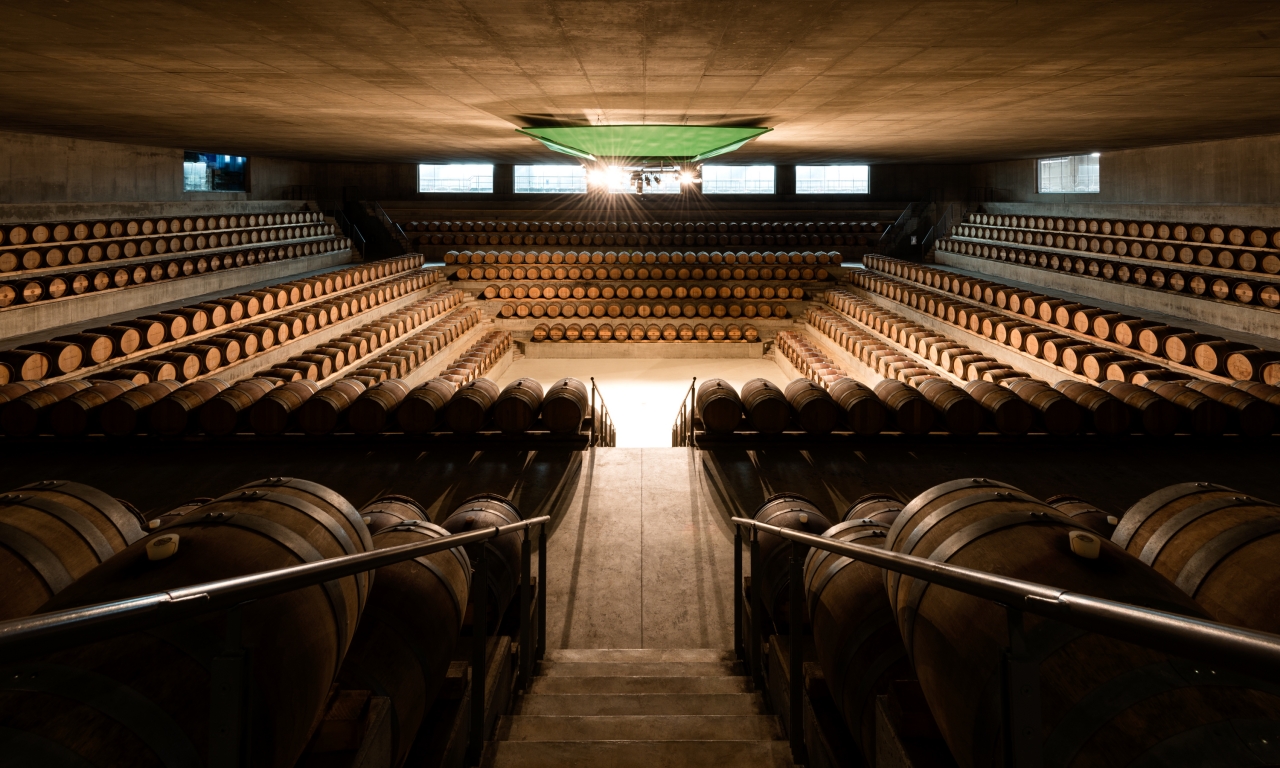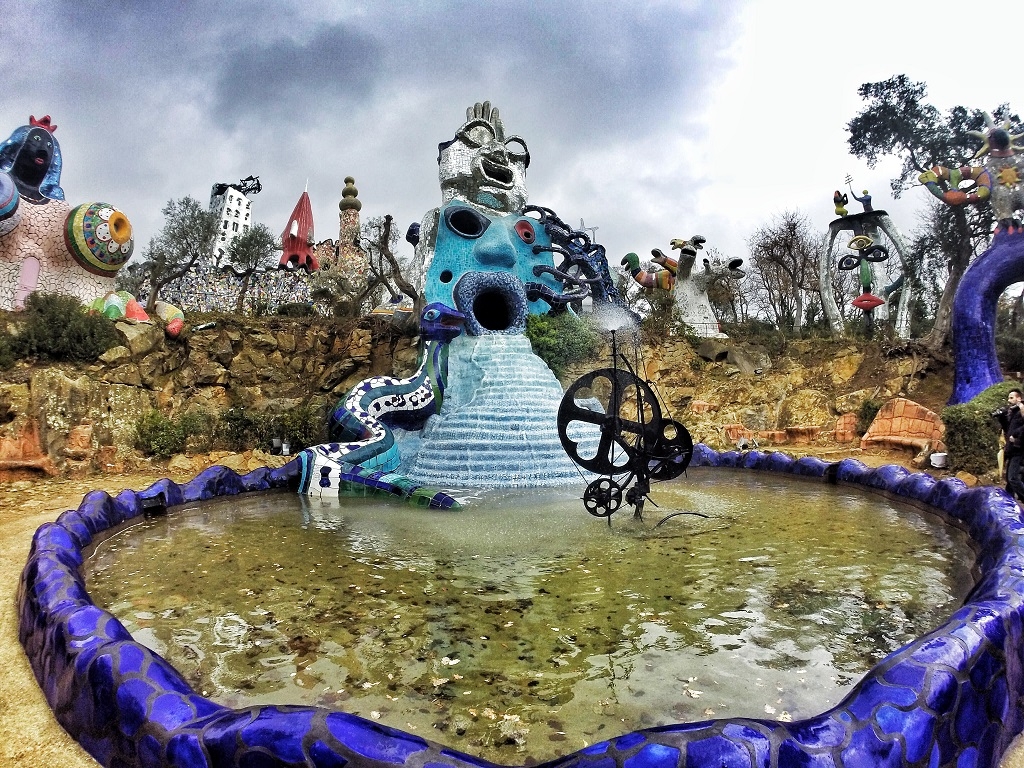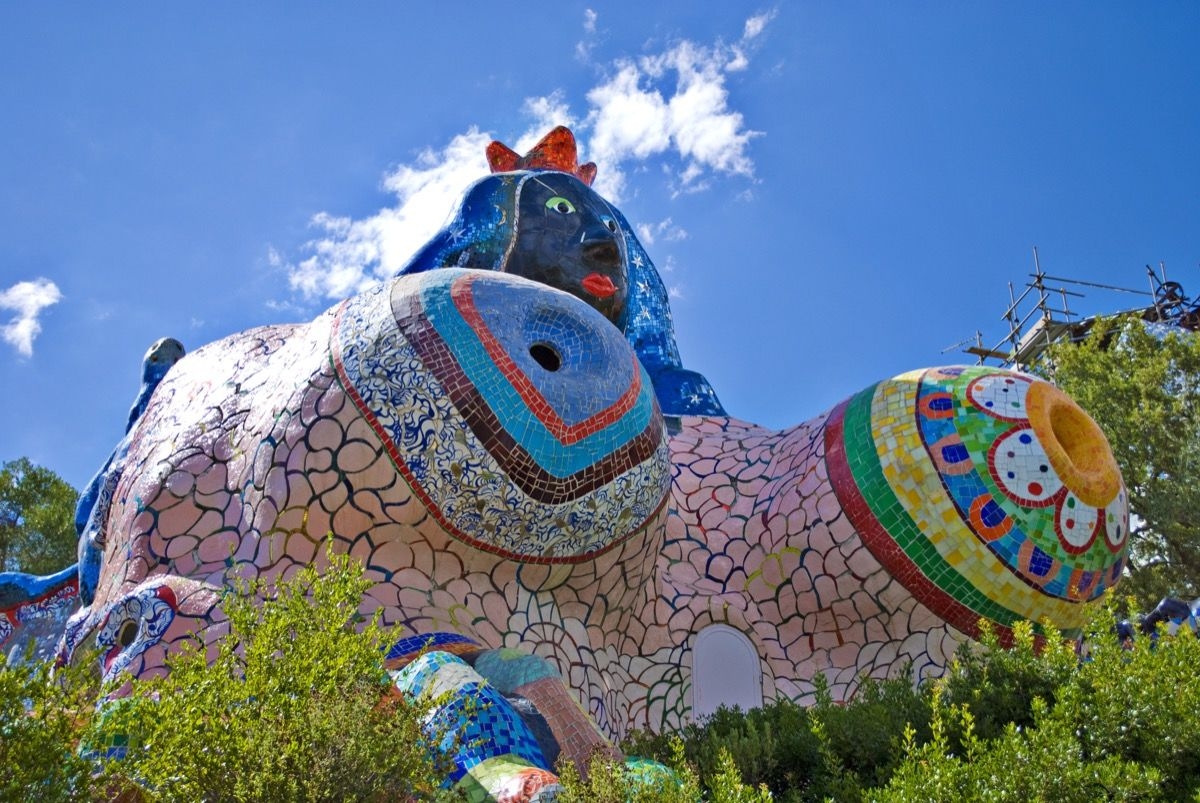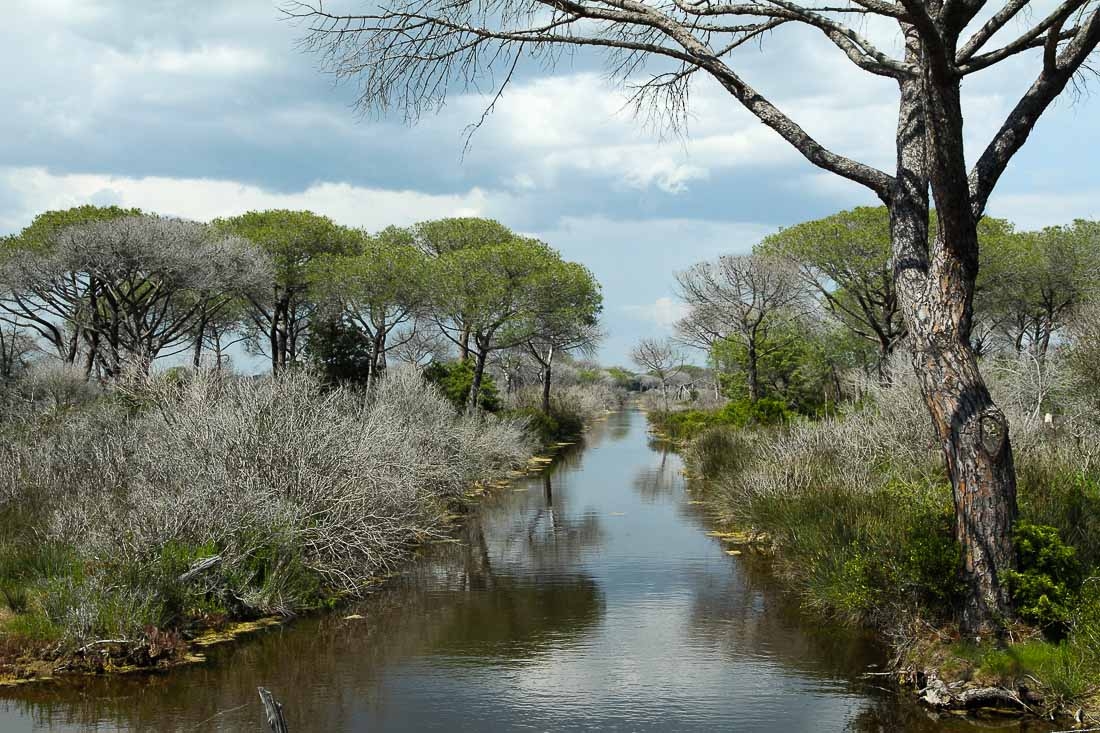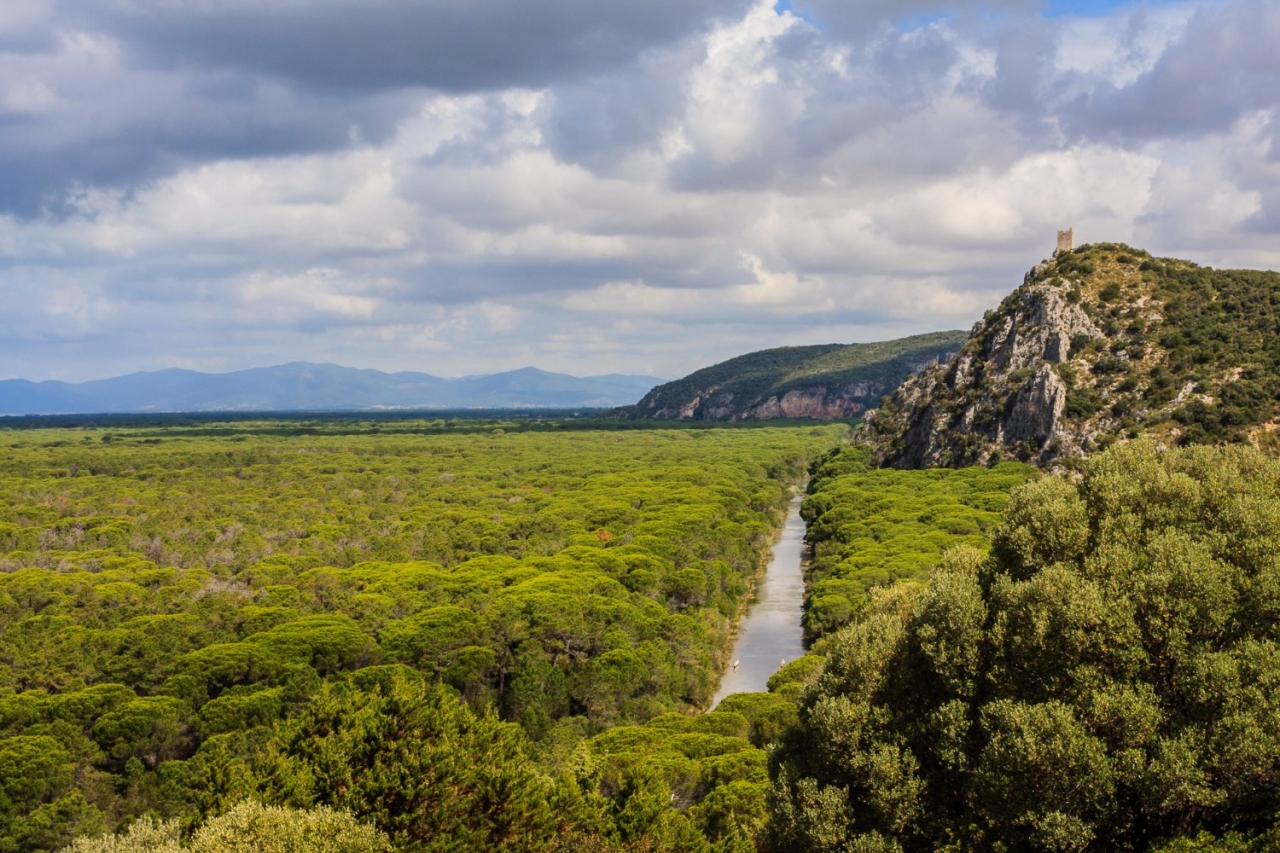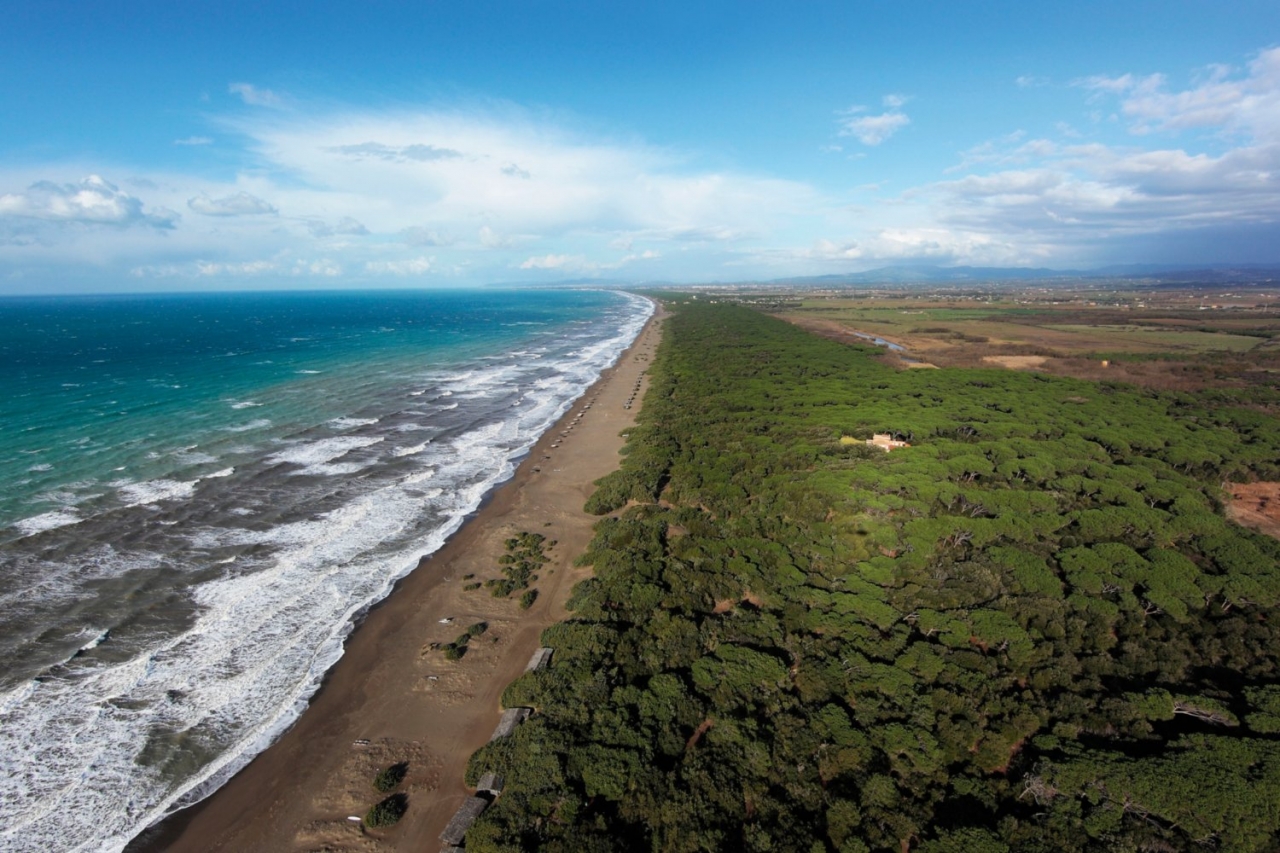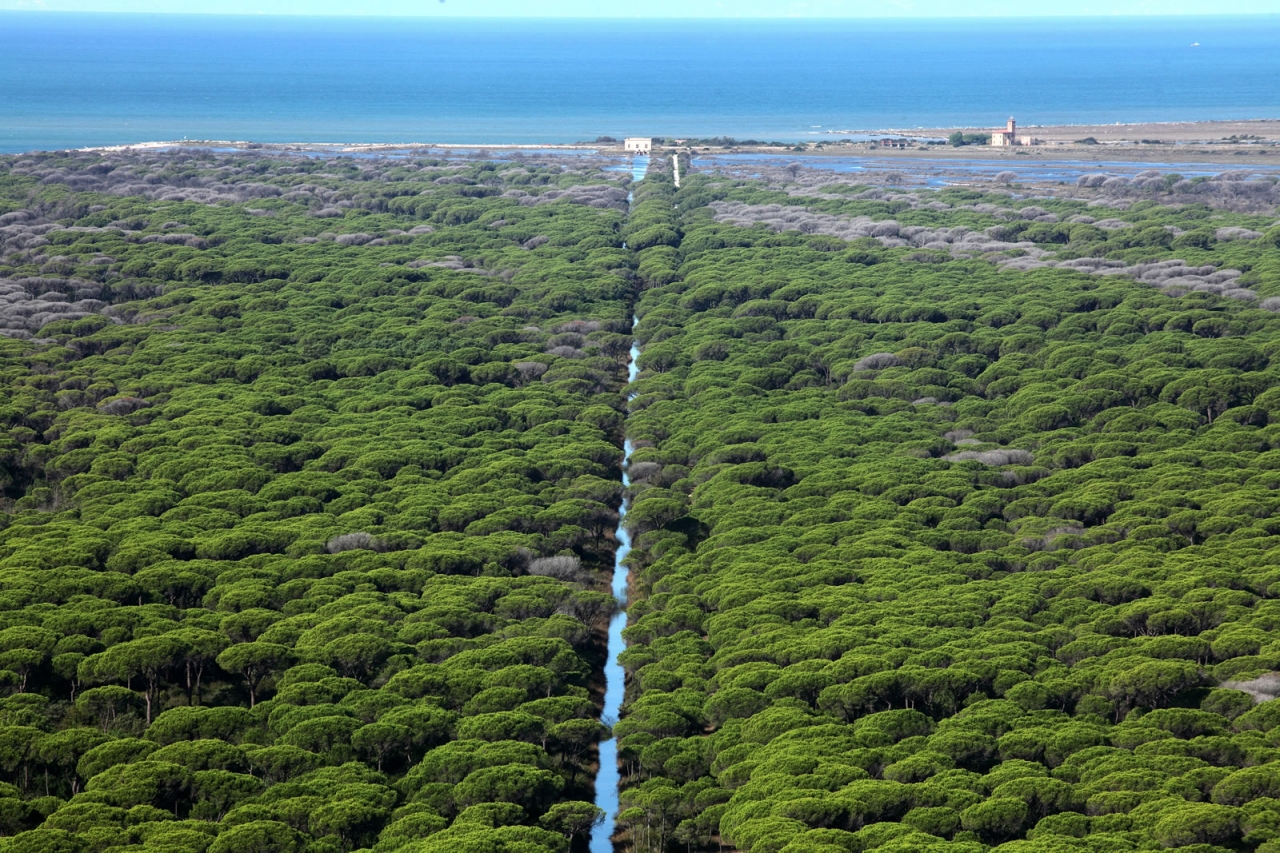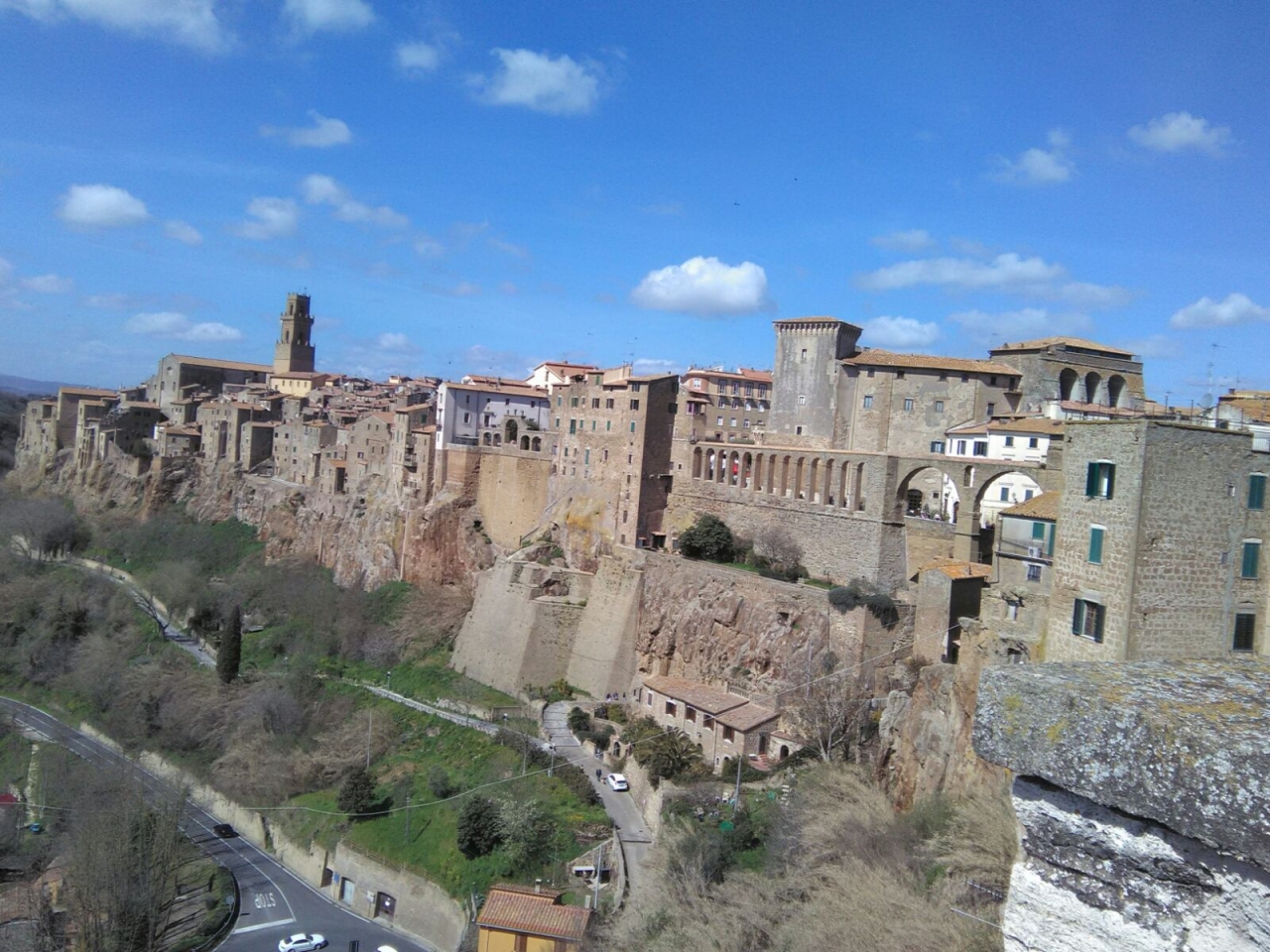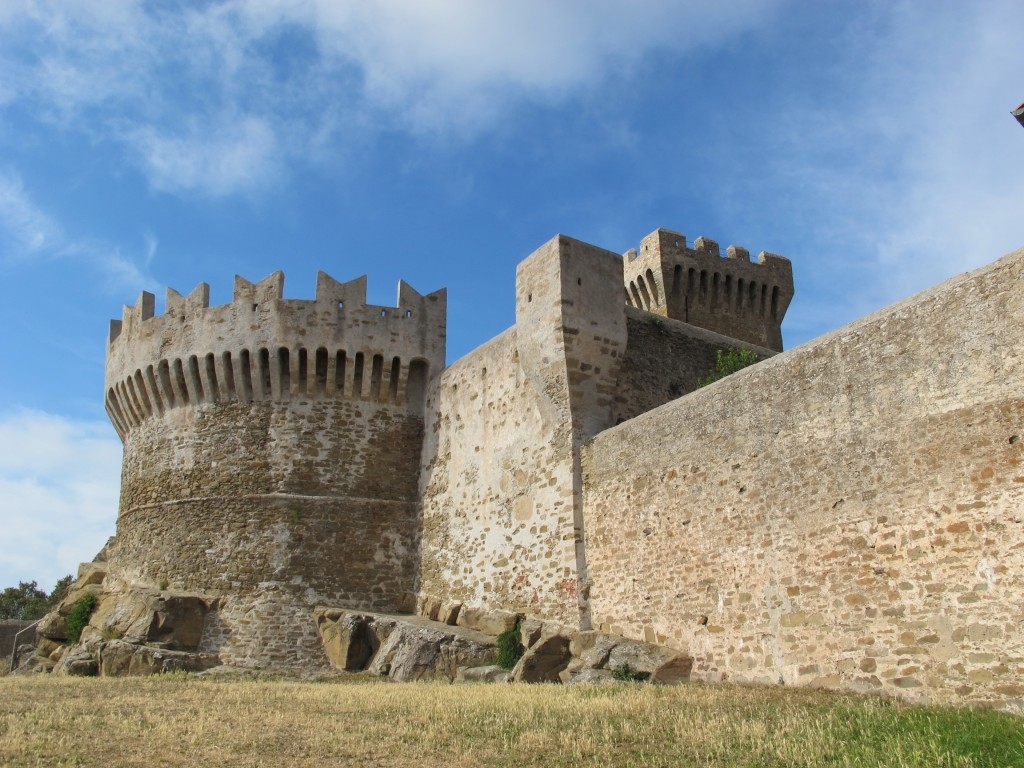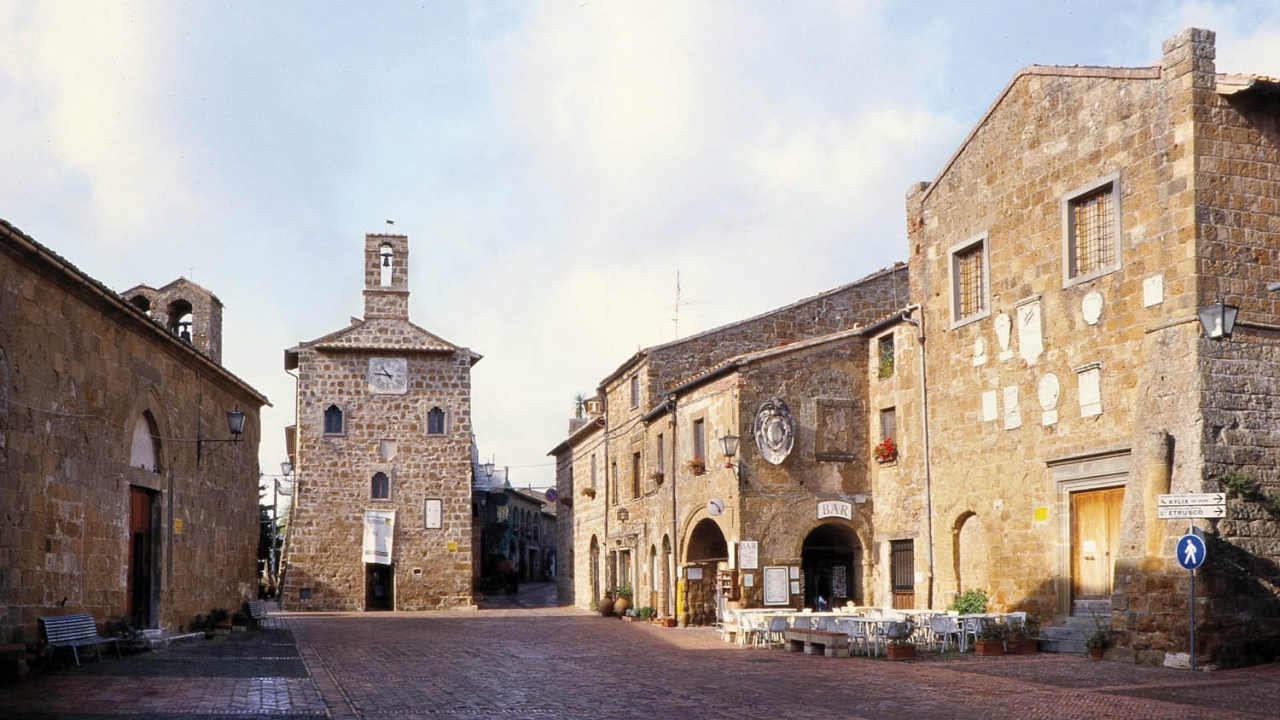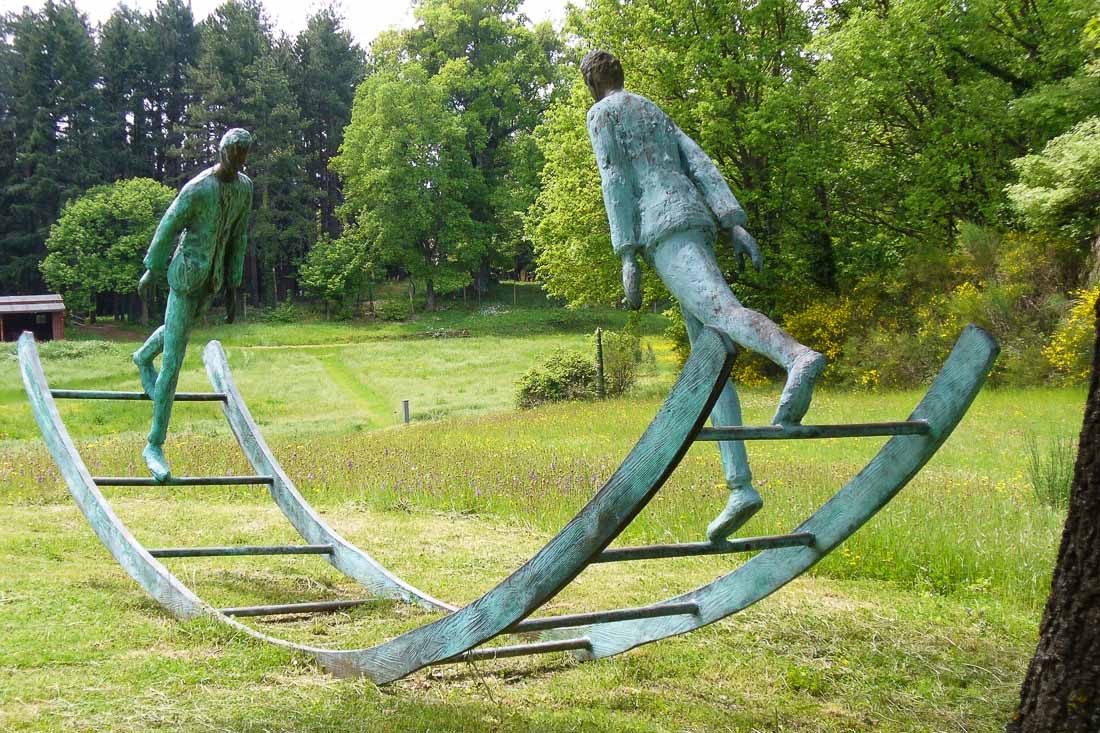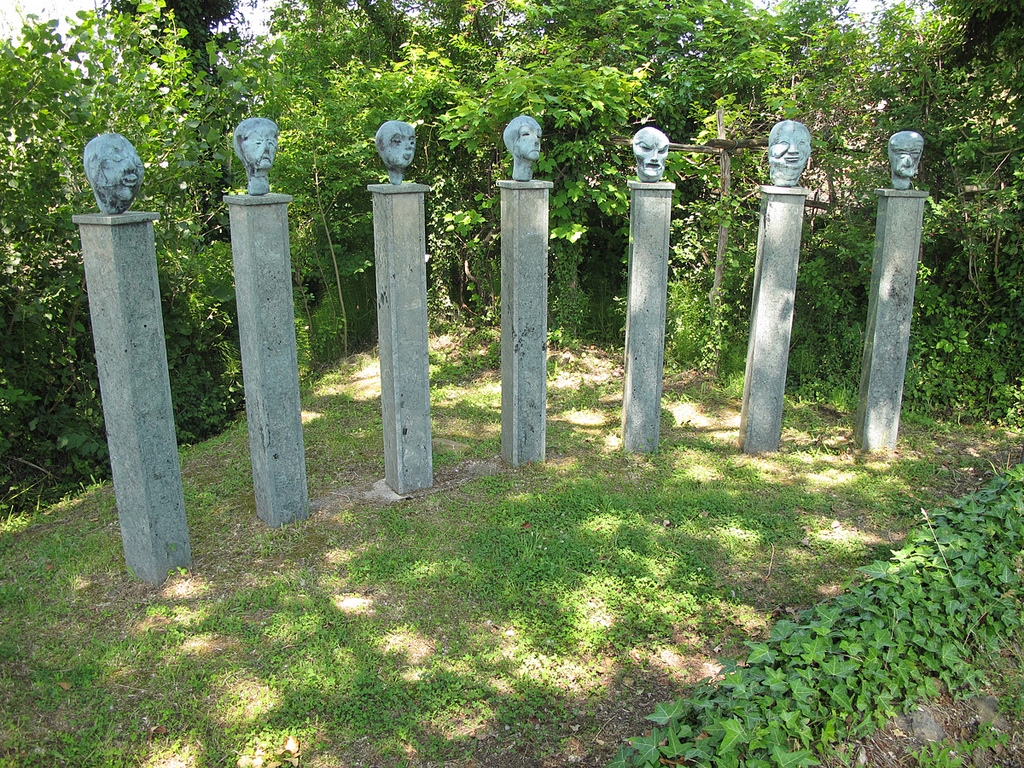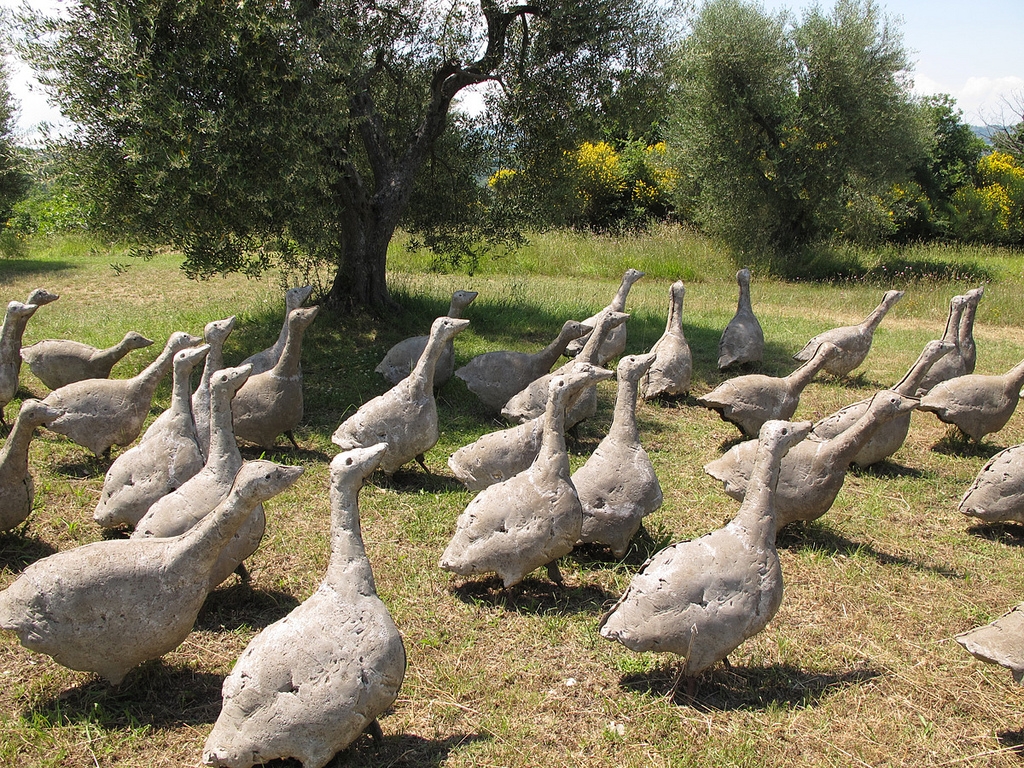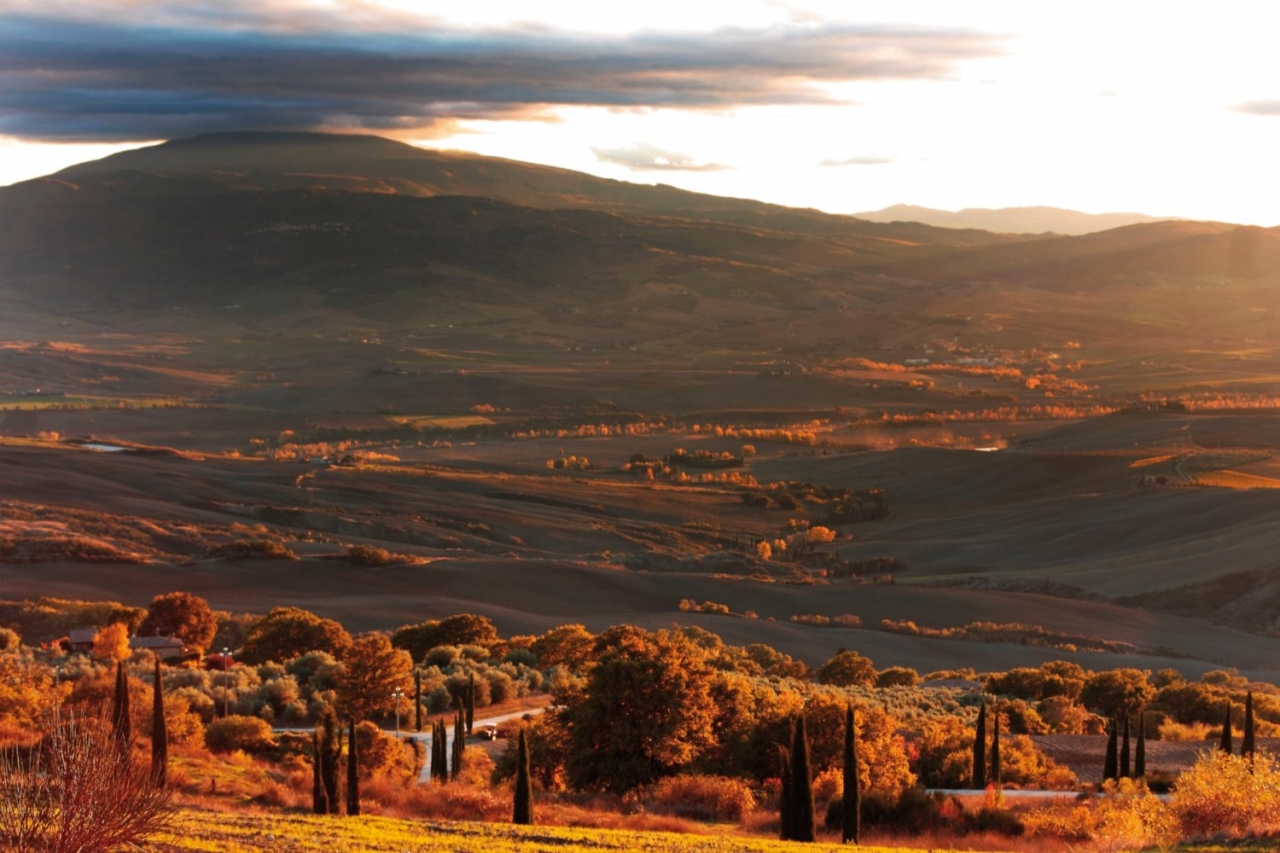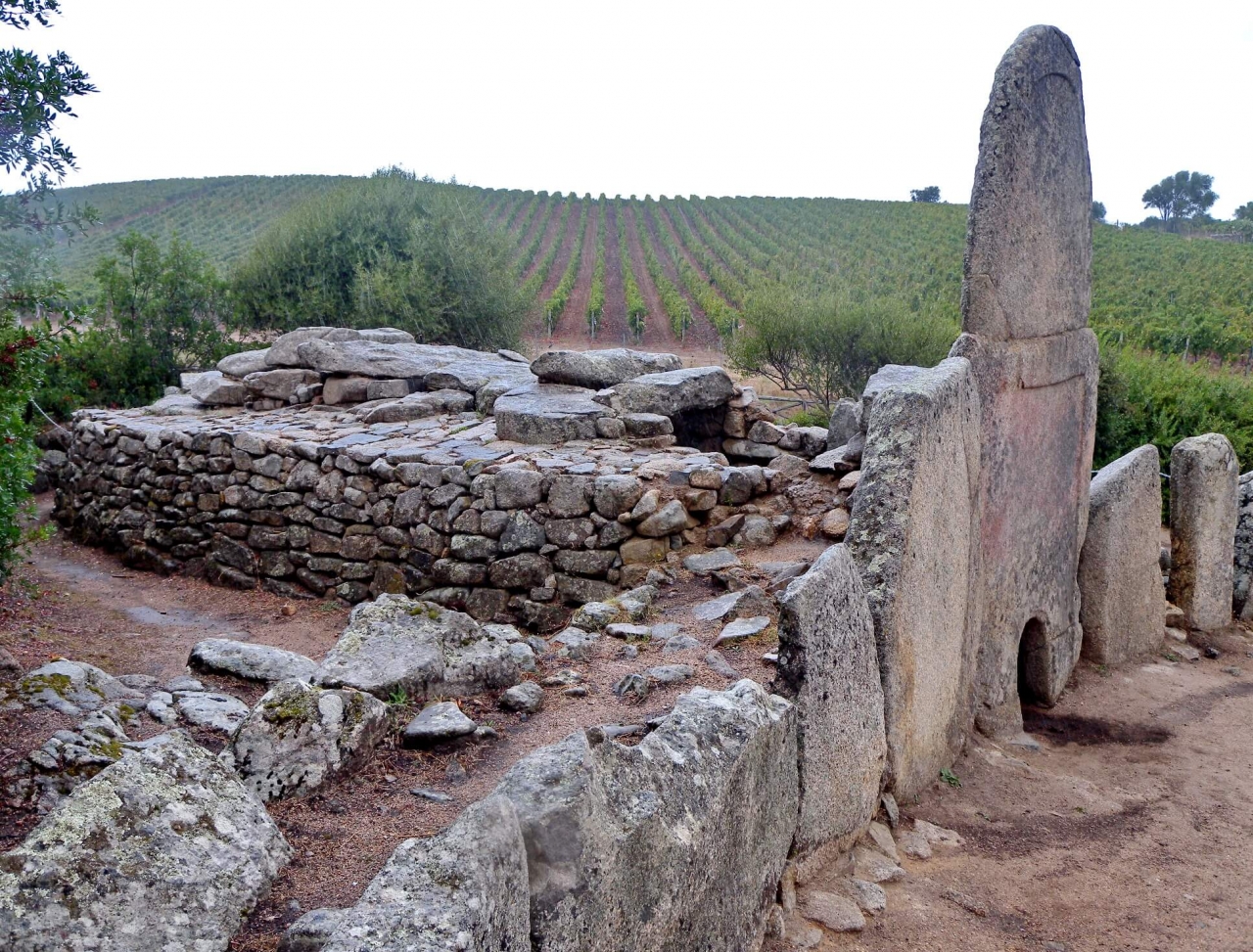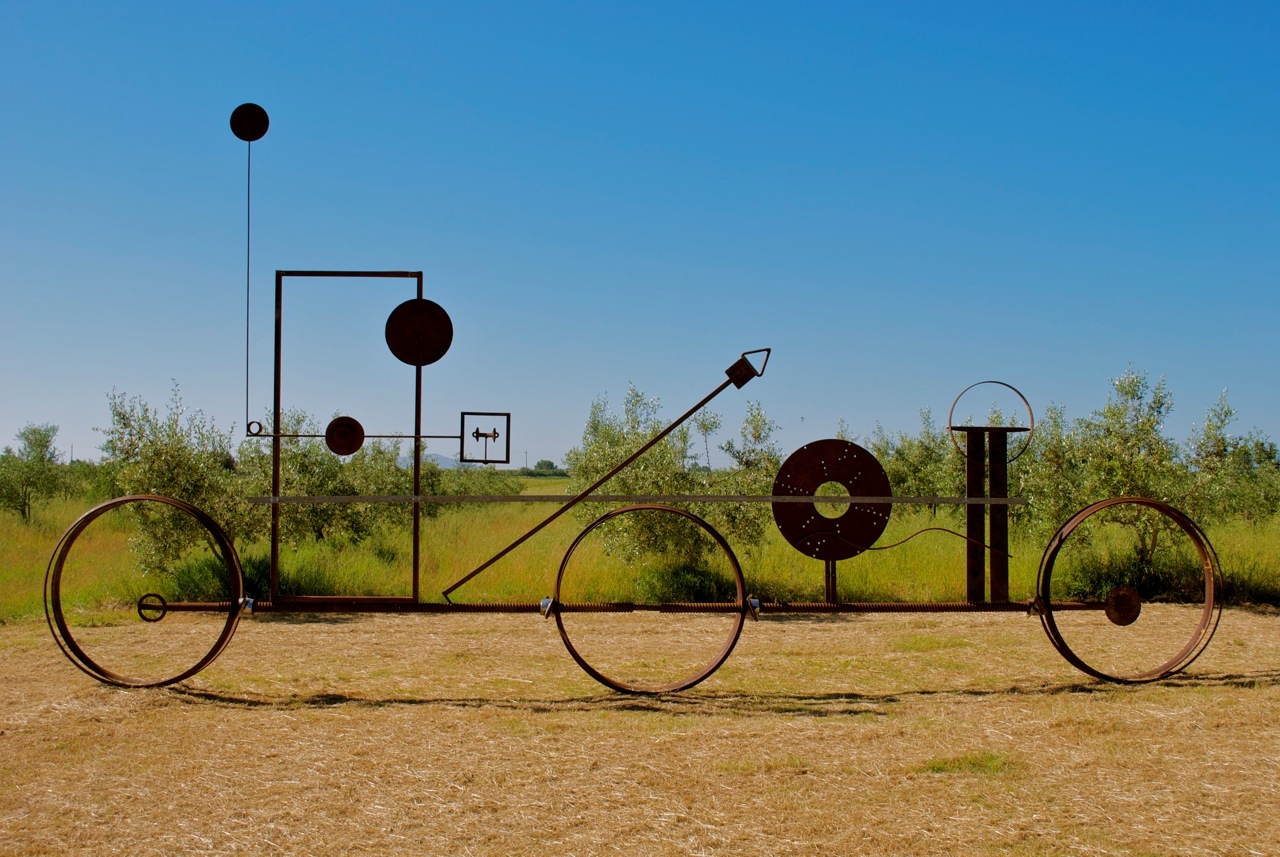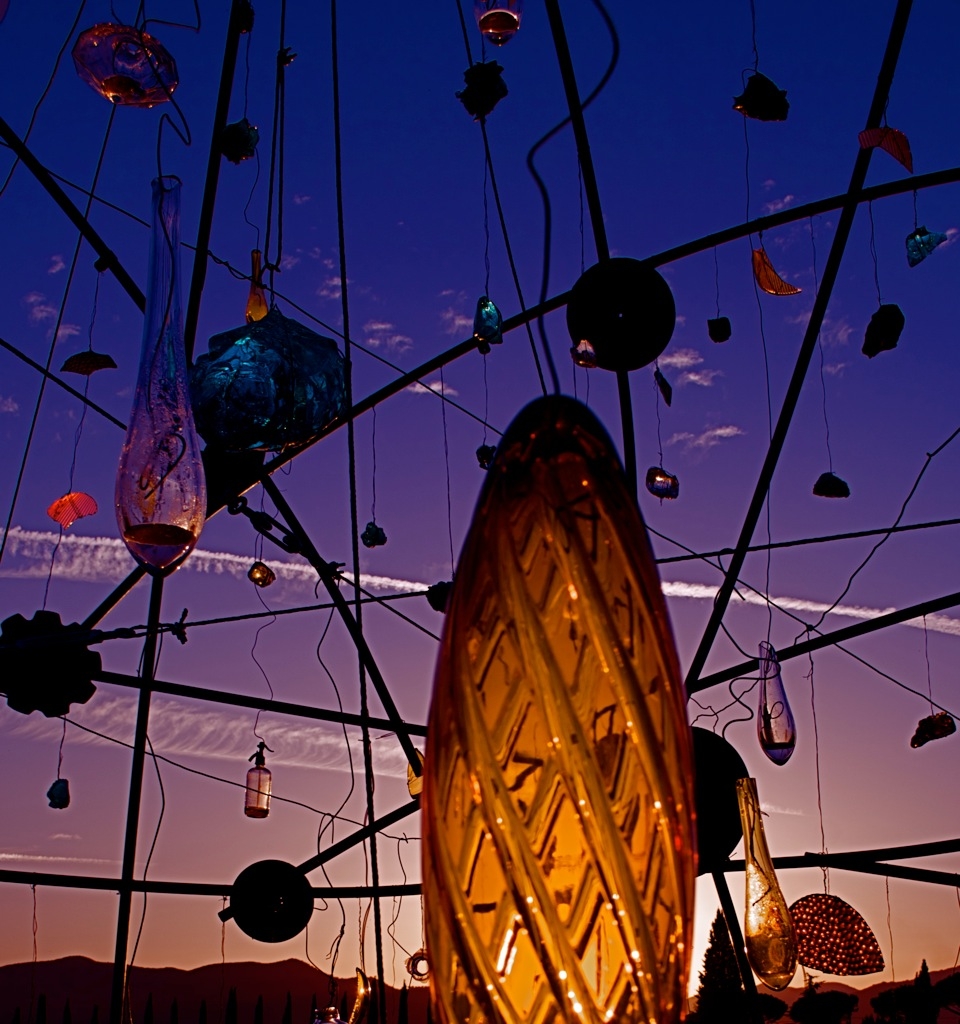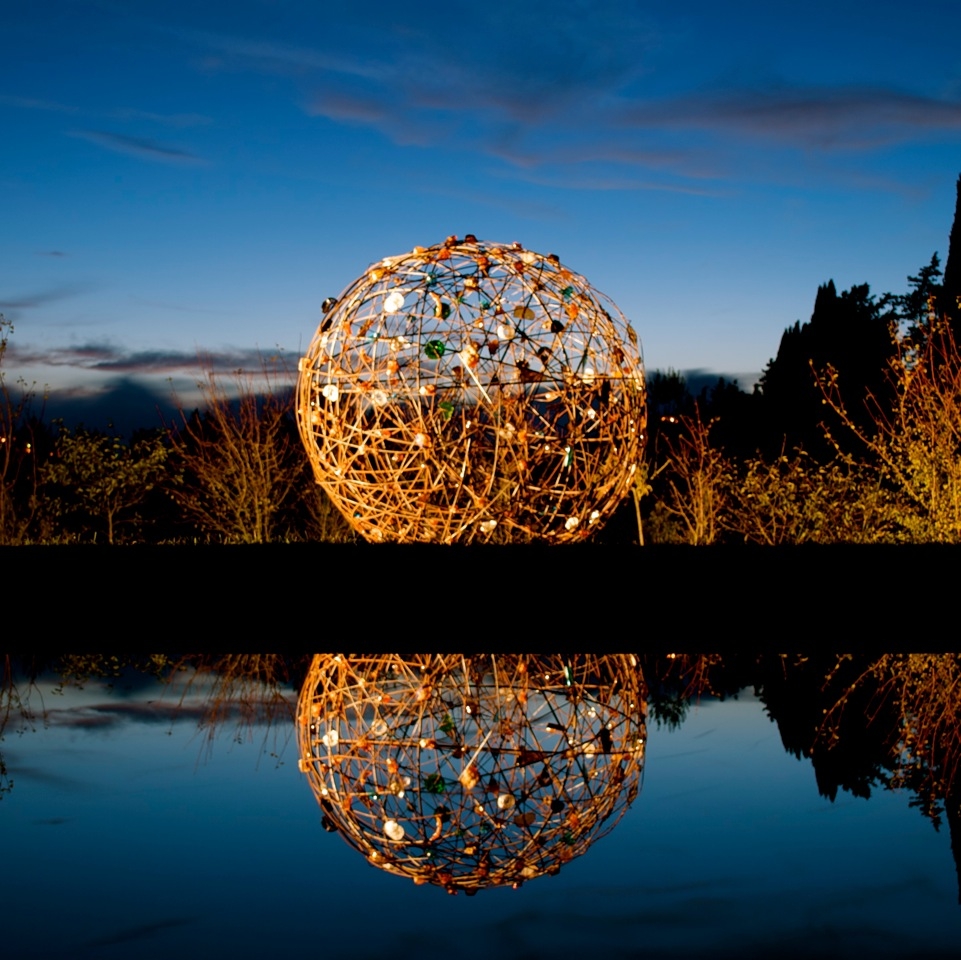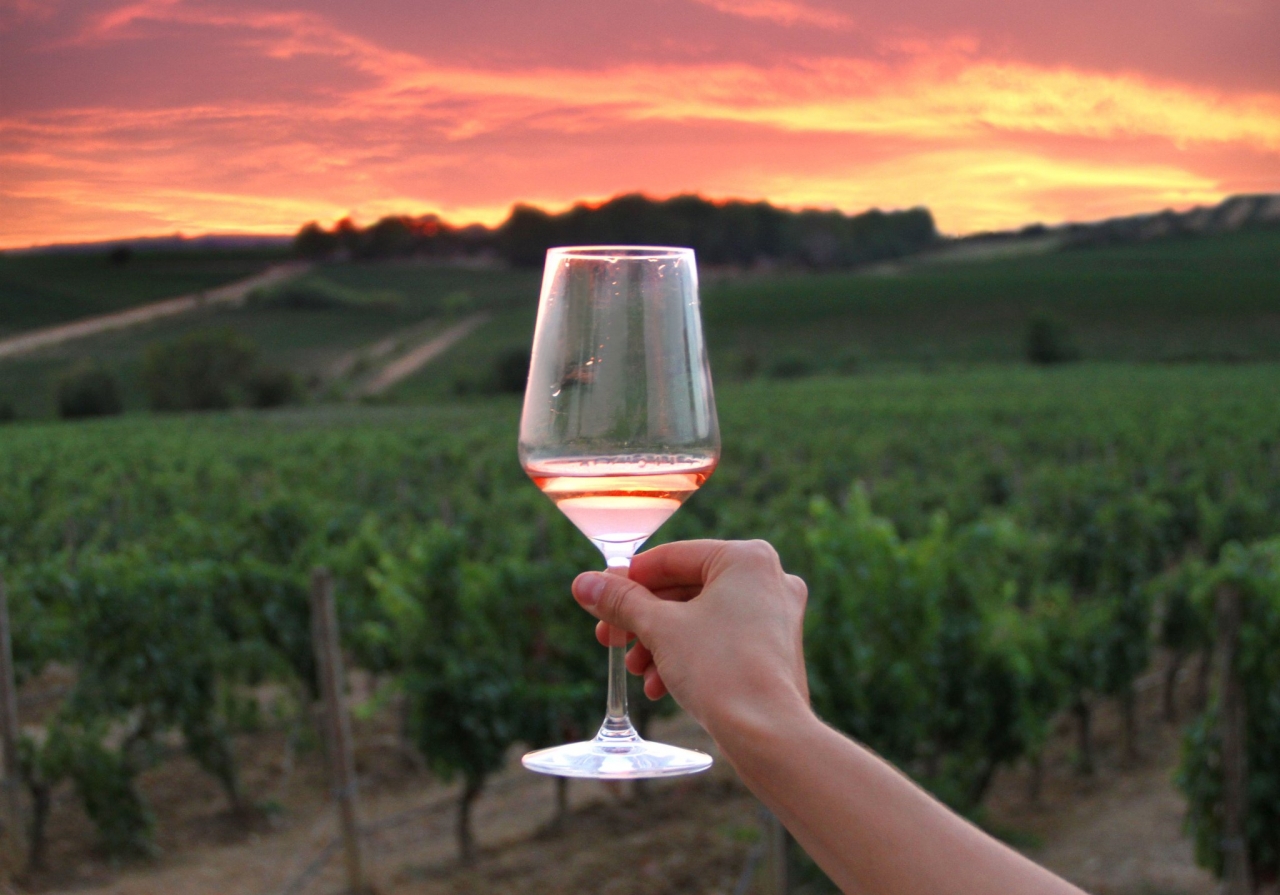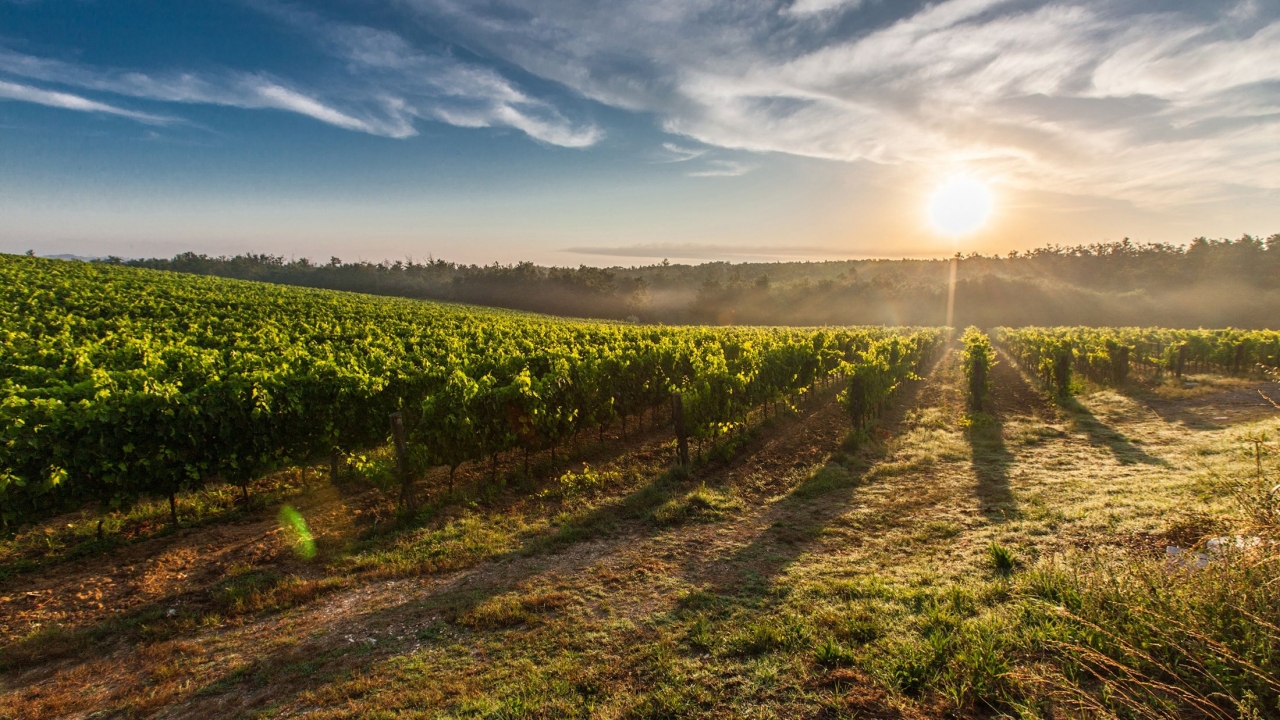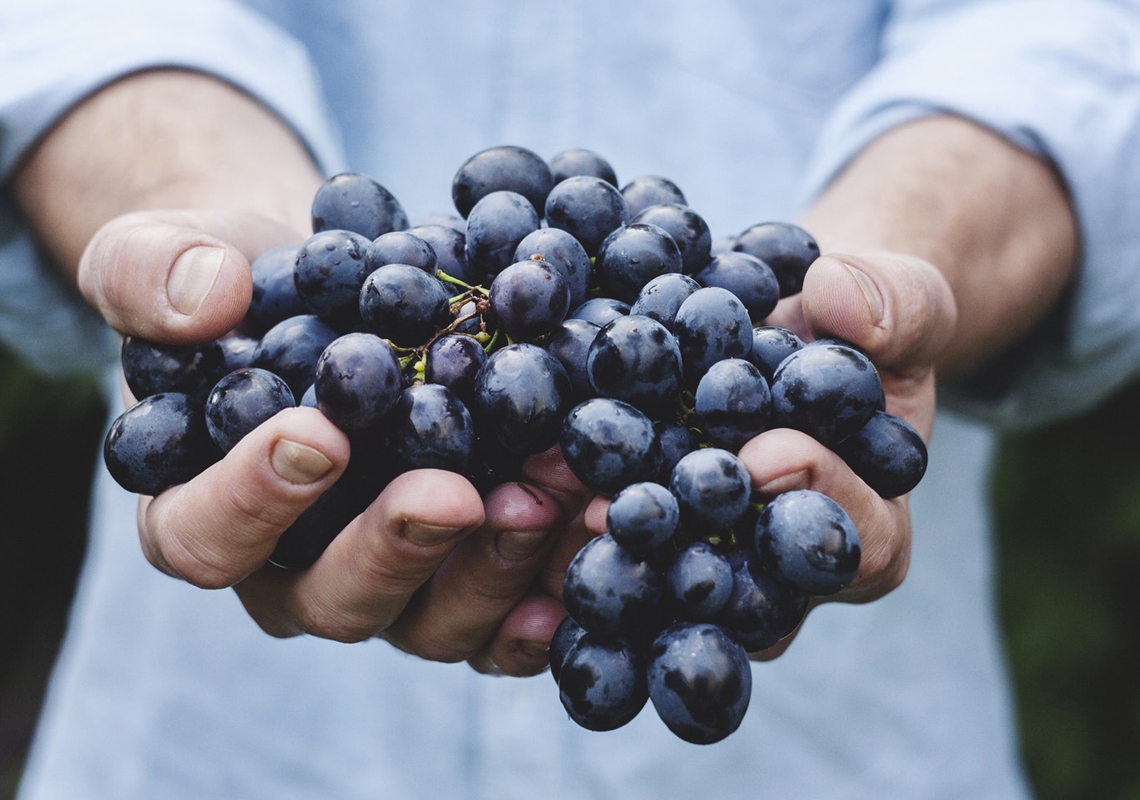Tour of the Etruscans.
Begin your holiday in the tranquility of the Maremma villages around the town of Buriano with Vetulonia, medieval village but very important for Etruscan history.
Vatluna, ancient name of Vetulonia, is an Etruscan archaeological site of international importance in which i first settlements date back to the 9th century BC. In the town it is possible to visit the Isidoro Falchi Museum in which are exhibited finds from the town and from the nearby Necropolis on the slopes of the hill and possible object of visit.
Continue with nearby Roselle and its Archaeological Park which preserves remains from the Etruscan and Roman times by himself. In the important city built in the 7th century BC. it will be possible to admire the necropolis, the walls walls, the Forum and the Roman Amphitheater and the area of the ancient Baths.
To then conclude with a visit to Populonia, which is located between the slopes of the promontory of Piombino and the Gulf of Baratti, exactly like today, where the wonderful Archaeological Park of Baratti extends and Populonia. The archaeological park has two access points, one near the Gulf of Baratti, where the Necropolis stands, the other near the historic center of Upper Populonia, where you can admire the remains of the ancient Acropolis. Itineraries: necropolis of San Cerbone, which preserves the mounds and shrine tombs e a sarcophagus dating back to the VII-IV century. BC, and the Caves, where it is possible to admire excavated chamber tombs in the rock (IV-III BC).
In the lower part of the archaeological park there is the Experimental Archeology Center where you can experience the ancient techniques of ceramic and stone processing.
Maremma Natural Park The Maremma
Regional Park is located in Southern Tuscany and extends from Principina a mare to Talamone, while the visitor center is located in the town of Alberese. The park includes the famous beaches of Collelungo and Cala di Forno, many watchtowers that extend all the way to Monte Argentario and the Abbey of San Rabano. Inside the Park it is possible to do educational visits, excursions on foot, by bicycle, by canoe and carriage, admiring the species that populate it such as the Maremma wild boar, the Maremma cow, the osprey and the traditional work done by the butteri, true icon of the Maremma area.
Archaeological Park of Tufo. Pitigliano Sovana and Sorano.
Located on the Via Francigena, it is a unique experience for fans of where here they have the opportunity to admire the very narrow canyons delimited by high and steep tuff walls. An extraordinary views, in areas where for long stretches it seems to walk in a huge labyrinth, generated about 600,000 years of volcanic activity.
Known as the little Jerusalem, as it hosts a large Jewish community, Pitigliano boasts a synagogue that dates back to the sixteenth century, one of its most beautiful and characteristic buildings, is located on a base of tufaceous rock (spectacular evening panoramic view) about 300 meters above sea level.
Sovana, an important Etruscan, medieval and Renaissance center, as well as an episcopal seat. Its center is located in the Pianetto di Sovana, a small valley that extends between the Albenga and Fiora hills, in the heart of the Tufo area. Among the many places of interest, the archaeological area stands out with Etruscan evidence, such as the Ildebranda Tomb and the Pola Tomb.
Sorano: among the peculiarities of this village such as the vie cave that were communication channels dug into the tuff such as the rock settlement of Vitozza, there are the thermal springs, known as the Terme di Sorano, which flow along a stream at about 3 / 4 kilometers south of the town center.
Massa Marittima
A real dive into the past, this village already inhabited in the Etruscan era today preserves unique peculiarities of its kind, walking through the streets you have the feeling of attending a history course. Starting from the imposing cathedral of San Cerbone, Piazza Garibaldi, Le Fonti and Palazzo Dell'Abbondanza where a fresco representing a tree with phallic-shaped fruits is represented, Palazzo Podestà, Palazzo Comunale, Palazzo dei Conti Biserno, Palazzo Malfatti , Torre del Candeliere and the Sienese Fortress, the Walls, the Palazzetto della Zecca, the Garden of Norma Parenti, the Garden of Remembrance and the nearby Fonti della Bufalona is a fantastic experience to be grasped in Maremma.
Mount Amiata
We can talk about Monte Amiata for different aspects as it offers different aspects for a visit: from the naturalistic point of view, as well as walks in the woods, you can visit parks and reserves such as Monte Labbro Nature Reserve, Amiata Faunistic Park, WWF Bosco Oasis Rocconi, Pigelleto Nature Reserve, Monte Penna Nature Reserve, SS. Trinity.
Also from the historical-cultural point of view, the Amiata offers numerous points of interest: the village of Santa Fiora with the Peschiera, the Pieve delle Sante Flora and Lucilla which exhibits the terracotta by Andrea della Robbia and finally the church of the Madonna delle Nevi in which the crystals placed on the floor allow you to admire the source below; the village of Rocchette di Fazio and the Pieve di Lamula both linked to the order of the Knights Templar; the Garden of Daniel Spoerri in the municipality of Seggiano; the hermitage of David Lazzeretti (or Torre Giurisdavidica) on Monte Labbro; The Giardino Arte a Parte by Piero Bonacina in Montegiovi in the municipality of Castel del Piano, also in Castel del Piano the crosses of Baldassarre Audibert and in the Civic Museum the precious self-portrait of Rosalba Carriera, the most important Italian painter of the eighteenth century, of which only three self-portraits; the other two are located one in the Uffizi and one in the city of Dresden.
The church of Saints Peter and Paul in Roccalbegna with its altarpiece made by Ambrogio Lorenzetti. The abbey of San Salvatore where the Codex Amiatinus was kept for about a thousand years, that is the oldest complete handwritten copy of the Bible, written in Latin by San Girolamo.
The medieval village of Semproniano with the Church of Santa Croce and the Romanesque Pieve dei SS Vincenzo and Anastasio.
The Podere Tartuchino (5 km from Rocchette di Fazio), in 1985 excavations brought to light a large Etruscan farm from the VI - VII century. B.C. with plant for grape pressing and grape seed recovery. Parts of the walls and rooms are visible.
Montalcino
The village has remained intact since the 16th century, surrounded by hills and evocative countryside landscapes. You can visit the historic center with its fortress built in 1361 from which you can see the beautiful panorama of the Val d’Orcia and the Crete Senesi. Other buildings worth seeing are the characteristic long and narrow tower of the Palazzo dei Priori overlooking the Piazza del Popolo, the Palazzo Vescovile and the churches of S. Agostino, S. Egidio and San Francesco. You can visit two museums, the Civic and Diocesan one of Sacred Art and the Glass Museum. A few minutes from the town of Buonconvento, the Abbey of Monte Oliveto Maggiore and the Abbey of Sant’Antimo. Here, a tour of the area's wineries and a walk through the village shops are a must. You can take a tour of the city market on Friday to find gastronomic and artisan products such as ceramics. You can also take nature walks in the nearby countryside or in the villages of Bagno Vignoni, San Quirico, Pienza, Castiglione d’Orcia.
Gardens of Art.
Maremma offers this, the possibility of visiting these works created by artists from all over the world. Return trip.
A 5-minute drive from the Locanda there is a beautiful author park to mention is Rodolfo Lacquaniti's Return Journey. This garden is a global project of artistic expression that combines heterogeneous creative experiences with the aim of urging human morality towards an awareness of one's vital and primordial natural life.
Tarot Garden.
Very famous, located a few km from Capalbio about 50 minutes from the Locanda, it is undoubtedly the largest and most famous monumental garden of the area, only the fans know the other small jewels of post-modern art located in the hinterland of the Maremma Tuscany.
Garden of sounds.
In Boccheggiano, about 40 minutes from the Locanda and which can only be visited by appointment, is the Garden of Sounds by Paul Fuchs. A small museum park created by the artist in his private residence and which leads visitors to discover his mystical works. This garden is something unique of its kind that best expresses the charm and inspiration of Fauchs. Each work is created and studied and positioned according to how the wind can blow so as to create amazing sound harmonies.
Garden of Daniel Spoerri.
Created with a completely different but equally wonderful and fascinating spirit is the Garden of Daniel Spoerri about 50 minutes drive from the Locanda which is located in Seggiano on Monte Amiata. A path also defined as the "Deceptions of Art" in which the Romanian-born artist wanted to stage a sort of dualism between what he loves about and his most visceral fears. The Gardens of Daniel Spoerri is an unparalleled masterpiece of modern art.
Wine tour in Maremma
Land devoted to the production of renowned quality wine, many companies surround the inn with which it is possible to have a tasting directly in the cellar.
Rocca di Frassinello.
15 minutes from the Locanda, this one built on a project by Renzo Piano, has its particularity in the barriccaia, a large square of 40 meters by 40 with an immense attic that stands without the support of any column. All around, like a 20 meter wide frame, the distribution of all the functions of the production cycle. The steel vats are distributed on two sides and, above each of them, there is a manhole that opens onto the roof above which is nothing but the large square born from the roof of the barrel cellar.
During the works in the new vineyards, 3 Etruscan tombs were found, whose finds can be admired directly in a wing of the cellar where the open museum has been set up with tour itineraries.
Caccigrande.
It is 15 minutes by car, a family-run, excellent quality winery, the company adopts a particularly rigorous care and attention in the production of its products, the large tasting room of the company and the panoramic terrace overlooking the surrounding vineyards are the ideal location for guided tastings surrounded by greenery, pampered, in complete relaxation.
The Mortelle.
15 miles away by car, the winery is located on the top of a hill overlooking the entire estate and has been largely built underground to minimize the environmental impact. All natural building materials have been used to maximize sustainability and the underground rock base provides completely natural control of temperature and humidity. It has a cylindrical and underground structure, it is organized on three levels designed to integrate all the phases of the gravity flow winemaking techniques from the reception of the grapes to the vinification, storage and aging in barriques in the underground barrel cellar.

